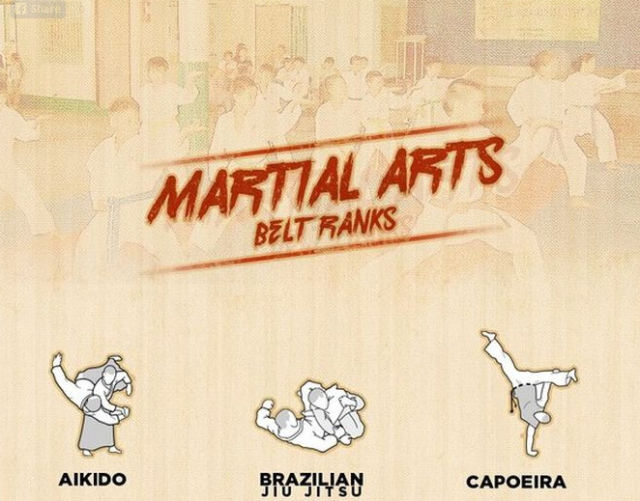A Relative Research Study Of Traditional Martial Arts And Modern Combat Sports: Highlighting The Crucial Differences
A Relative Research Study Of Traditional Martial Arts And Modern Combat Sports: Highlighting The Crucial Differences
Blog Article
Web Content Created By-Sherman Burch
When you consider martial arts, do you lean extra toward the traditional practices or the contemporary fight sports? Each path supplies unique benefits and experiences, formed by their approaches and training techniques. Standard martial arts stress personal development and self-control, while contemporary battle sports focus on competitors and performance. Understanding these differences can direct you in choosing the best technique for your journey. Yet just how do these distinctions show up in training and philosophy?
The Ideology and History Behind Typical Martial arts
While many people associate martial arts with physical combat, the viewpoint and background behind typical martial arts run much deeper. You'll discover that these disciplines highlight personal growth, technique, and respect.
Stemming from old practices, standard martial arts were usually developed for Self-Defense and spiritual development. They symbolize concepts such as equilibrium, consistency, and self-control, guiding practitioners past simple battling skills.
As you train, you'll not just learn strategies however additionally acquire understandings into the society and values that shaped these arts. https://shaneiulve.blog-a-story.com/15987980/comprehending-the-various-styles-of-martial-arts-training and practices, usually passed down through generations, promote a feeling of community and belonging.
The Competitive Nature of Modern Battle Sports
Modern battle sporting activities have actually transformed the landscape of martial arts into a very competitive arena, where athletes challenge in a test of ability, approach, and endurance.
what are the best martial arts for self defense 'll see that competitors are frequently organized with strict regulations and laws, ensuring fair play and safety and security. These occasions attract big audiences, sustaining the enjoyment and strength of competitions.
Professional athletes train carefully, not just for physical expertise however also for psychological strength, understanding that every detail counts in the ring. The adrenaline thrill throughout competitors is palpable, as competitors push their limitations to declare victory.
Followers value the athleticism and virtuosity included, making modern fight sports a thrilling phenomenon that remains to advance and captivate fanatics around the world.
Training Approaches and Methods: A Relative Evaluation
The affordable environment of modern-day fight sporting activities needs innovative training methods that differ significantly from typical martial arts.
In contemporary training, you'll concentrate on particular techniques, sparring, and conditioning, frequently using drills that simulate real fight circumstances. You'll see a focus on measurable performance and frequent competitors to analyze your abilities.
In contrast, traditional martial arts focus on kinds, katas, and philosophical trainings, typically stressing discipline and respect over competition.
Training is typically much less intense and might entail recurring technique instead of real-time sparring.
While both approaches construct skill and health and fitness, contemporary battle sports supply a much more vibrant and adaptable training atmosphere, preparing you for immediate challenges in the ring or cage.
Choose the path that lines up with your goals and rate of interests.
Final thought
In picking between conventional martial arts and contemporary combat sporting activities, it really boils down to what you value a lot of. If you're looking for individual growth, discipline, and a feeling of community, conventional arts could be your ideal fit. But if you grow on competitors and real-time challenges, contemporary fight sports could be the way to go. Ultimately, both paths provide one-of-a-kind benefits, so it's all about aligning your training with your individual goals and interests.
